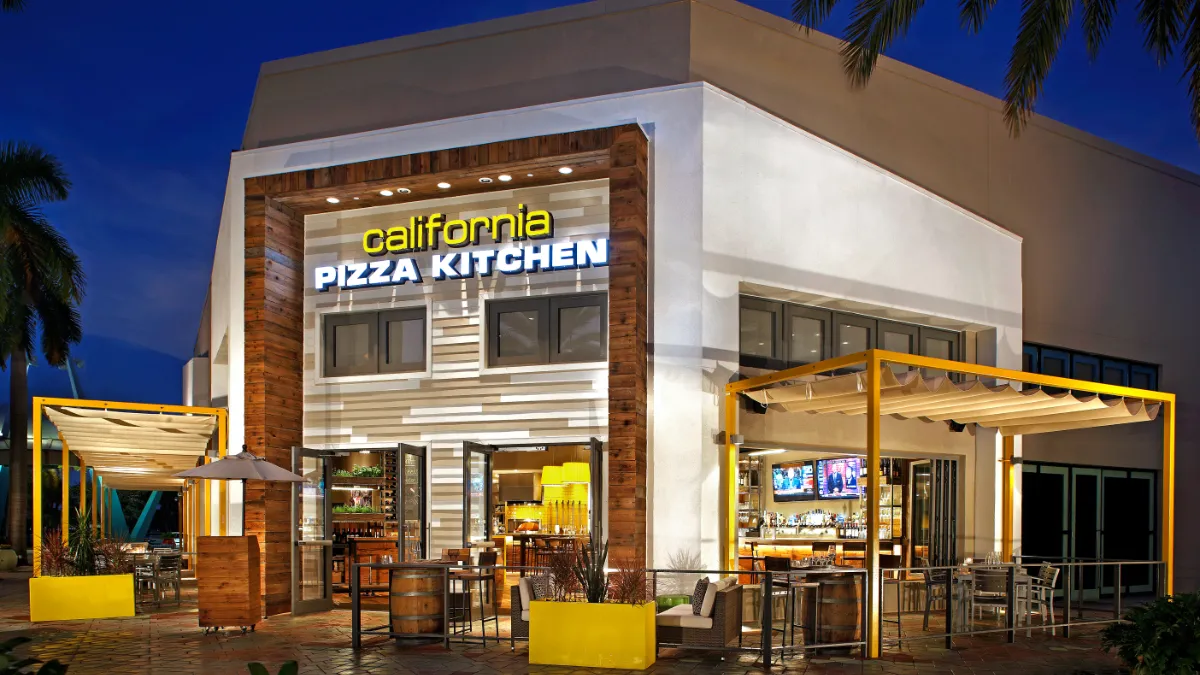There's a light at the end of the tunnel for the restaurant industry, analysts with global advisory firm Duff & Phelps say in a report.
Ample investment capital is available, stock valuations are rising, at least in restaurant niches that cater to young, convenience-focused consumers, and smart combinations of companies — like Inspire Brand's acquisition of Dunkin' in October — are boosting some brands' staying power.
Even so, 2021 will remain a tough year for an industry still battling the impact of restrictions. Prospects are expected to brighten by the third quarter.
"The operating environment is expected to [see] a strong rebound in late 2021 and into 2022," the report says.
New look
The industry that emerges in late 2021 will be different than the one that went into the pandemic, the analysis says.
Innovative solutions companies adopted in response to shut-down orders, like ghost kitchens (restaurant brands without an in-house dining component), daypart diversification (fast casual during the day, full service at night), and other ways to engage consumers will remain industry features and attract capital.
"Concepts that entered the pandemic with strong off-premise capabilities [will] fare better than casual, predominantly dine-in, concepts," the report says.
Changing consumers
Full-service, dine-in restaurants were already hurting before the pandemic because of younger consumers' preference for faster, more casual dining. "Operators were forced to compensate with price increases," the report says.
Throughout the pandemic, quick-service restaurants (QSRs) and coffee and bakery niches out-performed other categories on a return-on-assets basis.
In 2020, return on assets averaged 9.2% for QSRs and 9.3% for coffee and bakery companies, compared to a 5.4% industry median.
The fast-casual category, which includes Shake Shack and Panera, had the lowest return on assets, 3.3%.
Fast-casual chains also comprised many of the 32 companies that filed for bankruptcy protection last year, among them Cosi, California Pizza Kitchen and Le Pain Quotidien. Six companies went bankrupt in 2019.
Polished casual, which includes restaurants that serve upscale cuisine without the formality of fine dining, had the most deteriorated debt leverage levels, in part because the niche doesn't lend itself to off-premise sales. Although all categories had to rely on revolver drawdowns and debt placements to stay afloat amid decreasing profitability, polished casual had the highest net debt leverage ratio, 7.7x, compared to 0.6x in 2019, of all categories.
Specialty casual saw little change in its debt leverage ratio, 1.2x in 2020 compared to 0.8x in 2019. Fast casual also saw little change, 0.9x compared to 1.4x.

In addition to drawing down funds and adding debt, restaurants benefited from the federal government's payroll protection program (PPP) forgivable loans. The industry received some $16 billion in assistance, not counting loans under $150,000.
Full-service restaurants received the lion's share of help. Almost 22,000 full-service restaurants received loans of between $150,000 and $500,000, the largest category of recipients. The smallest category was loans of between $5 million and $7.5 million to limited-service restaurants. Only 56 of these loans were made. Roughly 34,000 loans of more than $150,000 were made to the industry as a whole.
Looking ahead, analysts expect more M&A activity. Only 43 deals were completed last year, among them were Goldman Sachs Merchant Banking's majority stake acquisition of Zaxby's, a fast-casual fried chicken chain with more than 900 locations, mostly in the South. The company sold for a multiple of 18x to 20x EBITDA of $100 million to $125 million, which puts company value at roughly $2 billion. Unit volumes averaged $2.1 million over the past six years.
Shifting consumer preferences toward chicken made the company an attractive target, the analysis says. "In a difficult year [the company] has proved resilient enough to bolster concepts and drive record sales," the analysis says.
For the year, analysts are predicting a median 14.4x enterprise value over EBITDA (EV/EBITDA) for the restaurant industry as a whole, although with wide variance by category. Strongest will be fast casual (31.8x), followed by coffee, breakfast and snacks (21.2x), quick service (15.2x), specialty casual (14.4x), fine dining (10.6x), polished casual (9.6x), and mass casual (9.3x).












